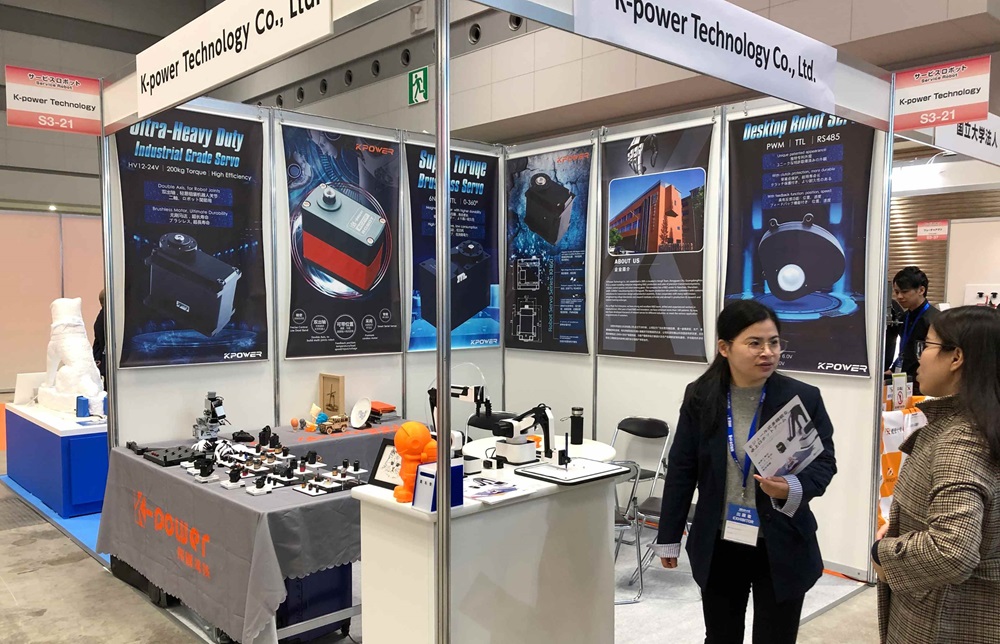Imagine building a system where every component is like a little independent worker, able to do its own thing but still come together smoothly. That’s what microservices architecture offers—breaking down complex applications into smaller, manageable pieces. Now, take that idea and mix it with Spring Boot, a framework that streamlines Java development. The result? A powerful combo that turns chaos into order with grace.

Let’s talk about how Spring Boot simplifies deploying microservices. You get auto-configuration, so you’re not drowning in boilerplate code. Writing a REST API becomes almost too easy—just annotate a class, and it’s ready to handle requests. Need a database connection? Spring Boot takes care of most of the setup, letting you focus on what your service actually does.
And yes, scaling becomes straightforward. One service might handle user login, another processes payments. If user volume spikes, you can spin up more instances for that one service without disturbing the rest. It’s like adjusting the volume on your favorite playlist—smooth, quick, seamless.
But, here’s a question that often pops up: Does breaking down into microservices really make things simpler? Absolutely. Instead of wrestling with one monolithic app, you isolate issues faster. A bug in the payment module? Fix it, deploy it, and watch it live without rebooting the whole system. Plus, testing becomes less daunting—each microservice is a small, focused unit.
Let’s be honest—sometimes, isn’t it tempting to stick with what you know? Sure, monolithic apps seem easier at first, but what happens when your app starts playing catch-up with user demands? Microservices really shine when you need flexibility, rapid deployment, and resilience. If a part fails? The rest keep running. It’s like a well-oiled machine that can handle a few hiccups without grinding to a halt.
Companies already reaping the benefits of microservices with Spring Boot often talk about faster innovation cycles. You can roll out new features without waiting on a massive release. Deployment times shrink, and customer feedback feels like lightning-fast ping-pong. It’s not just about tech—it's about staying competitive.
So, how does someone get started? First, grasp the core principles of microservices. Then, dive into Spring Boot’s ecosystem—think Spring Cloud for distributed systems, Eureka for service discovery, and Spring Security for security needs. Layer these tools, and you’re constructing a flexible, robust cloud-native architecture.
In a nutshell, if steering a big ship seems daunting, microservices with Spring Boot can make your journey smoother than you’d think. It’s about breaking barriers, boosting agility, and staying ahead of the curve—no mystery, just smart, scalable design.
Established in 2005, Kpower has been dedicated to a professional compact motion unit manufacturer, headquartered in Dongguan, Guangdong Province, China. Leveraging innovations in modular drive technology, Kpower integrates high-performance motors, precision reducers, and multi-protocol control systems to provide efficient and customized smart drive system solutions. Kpower has delivered professional drive system solutions to over 500 enterprise clients globally with products covering various fields such as Smart Home Systems, Automatic Electronics, Robotics, Precision Agriculture, Drones, and Industrial Automation.




































